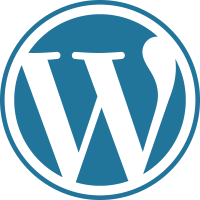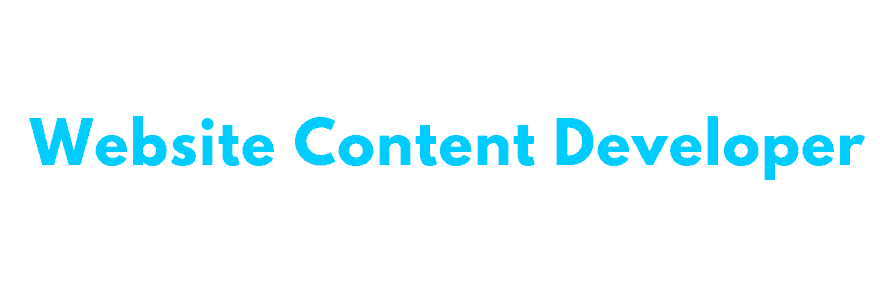We work with design professionals using Webflow & WordPress platforms.
Website design should look good and feel good, the user experience (UX) needs to be perfect, the user interface (UI) needs to clearly navigate. But these all serve to provide the owner with the best possibility for users to buy, engage, interact and connect with the content on the page.
Website Building Process
STRATEGY
We simplify digital design and content creation with a considered process that starts with the user and ends with beautiful experiences that effortlessly meet their needs.
DESIGN
We settle on some initial design drafts for your website and choose one concept.
DEVELOP
To make the content, information architecture, visual design all work and function together.
DEPLOY
We make the website live, test, adjust and continue to add content over time.
Service Includes
Domain Purchase, Transfer & Maintenance
Business Email
SSL certificates for very website
User Experience Design
Website Content Strategy
Installation & Setup
Litespeed & Cloudflare for website speed
CMS and e-Commerce Integration
Cross Browser and Platform Testing
Maintenance
Weekly BackUps
Website Building Platforms
WordPress is well established, robust, adaptable and relatively quick to build and develop. WordPress works very well with SEO and CMS structures for e-commerce and other content heavy sites.
Webflow is the up and coming platform and far more popular with design purists. Robust, stylish, and responsive, a webflow webpage is designed to impress and deliver the brand image.
WORDPRESS
WordPress currently powers over 30% of the websites on the entire world wide web and that percentage is growing fast. WordPress is a free and open-source content management system (CMS) based on PHP & MySQL. Features include a plugin architecture and a template system. It is most associated with blogging but supports other types of web content including more traditional mailing lists and forums, media galleries, and online stores. Used by more than 60 million websites, including 33.6% of the top 10 million websites as of April 2019. It is the most popular website management system in use.


WEBFLOW
Webflow is a SaaS (Software as a service) application that allows designers to build responsive websites without any coding knowledge. It allows designers to accomplish most aspects of web development and website distribution entirely within the application. When designers use the tool, Webflow automatically generates HTML, CSS, and JavaScript.
BASIC PLAN
€849
- 3 Design Revisions
- 5 Pages
- Sitemap & Search Engine Submission
- 1 Year Website Hosting
- SSL certificate
- Business Emails
- Website Speed Optimization
- 1 free Domain
STANDARD PLAN
€1899.00
- 5 Design Revisions
- 15 Pages
- Everything in the Basic Plan
- Free One Year Maintenance
POWER PLAN
€2399.00
- 5 Design Revisions
- 25 Pages
- Standard Plan
- Free One Year Hosting
ULTIMATE PLAN
€2999.00
- 5 Design Revisions
- 50 Pages
- Everything in the Power Plan
- 5 professional videos
- Social Media integration and social campaign
- Content development for 1 year
BASIC PLAN
€990
- 4 Design Revisions
- 5 Pages
- CMS Integration
- CMS Staff Training
STANDARD PLAN
€2400
- 5 Design Revisions
- 15 Pages
- All Multimedia content
- Free One Year Maintenance
- E-commerce integration
POWER PLAN
€2980
- 5 Design Revisions
- 25 Pages
- Everything in the Standard Plan
- Full site SEO integration
ULTIMATE PLAN
€4990
- 5 Design Revisions
- 30 Pages
- Everything in the Power Plan
- 5 Professional Videos
- Social Media Integrations & Campaign
- Content Development for 1 year
ALL OUR websites
have Responsive Design
On both Mobile & Desktop
premium DEVELOPMENT
An emphasis on cutting-edge design and modern usability standards
SUPER FLEXIBLE
Content moves freely across all screen resolutions and all devices
LESS MAINTENANCE
One reflexive layout which works on all devices and browsers

Retina Ready
Devices show more pixels per square inch, resulting in sharper images
EXCELLENT USER EXPERIENCE
You ensure your customers will get a consistent experience across all devices
RECOMMENDED BY GOOGLE
Google states that responsive web design is its recommended mobile configuration

